I'm trying to plot scatter, something like:
scatter(coor(:, 2), coor(:, 3), 1, coor(:, 4));
The problem is, that I have quite big number of coordinates to plot (~100 000). Its taking long time to plot it, and when I try to export figure to tiff - then matlab is dead for goooood few minutes... Any solution to improve plotting, or at least tiff export?
EDIT: Forgot to mention, 3rd coordinate (coor(:, 4)) is a color code.
So, when I'm using scatter (as above), I have something like on the image below, and thats exactly how I want to see it (just its super slow and I can't export that):

When I do:
plot3(coor(:, 2), coor(:, 3), coor(:, 4), '.')
effect is not as cool any more (note: images are not from the same coordinates...) :

